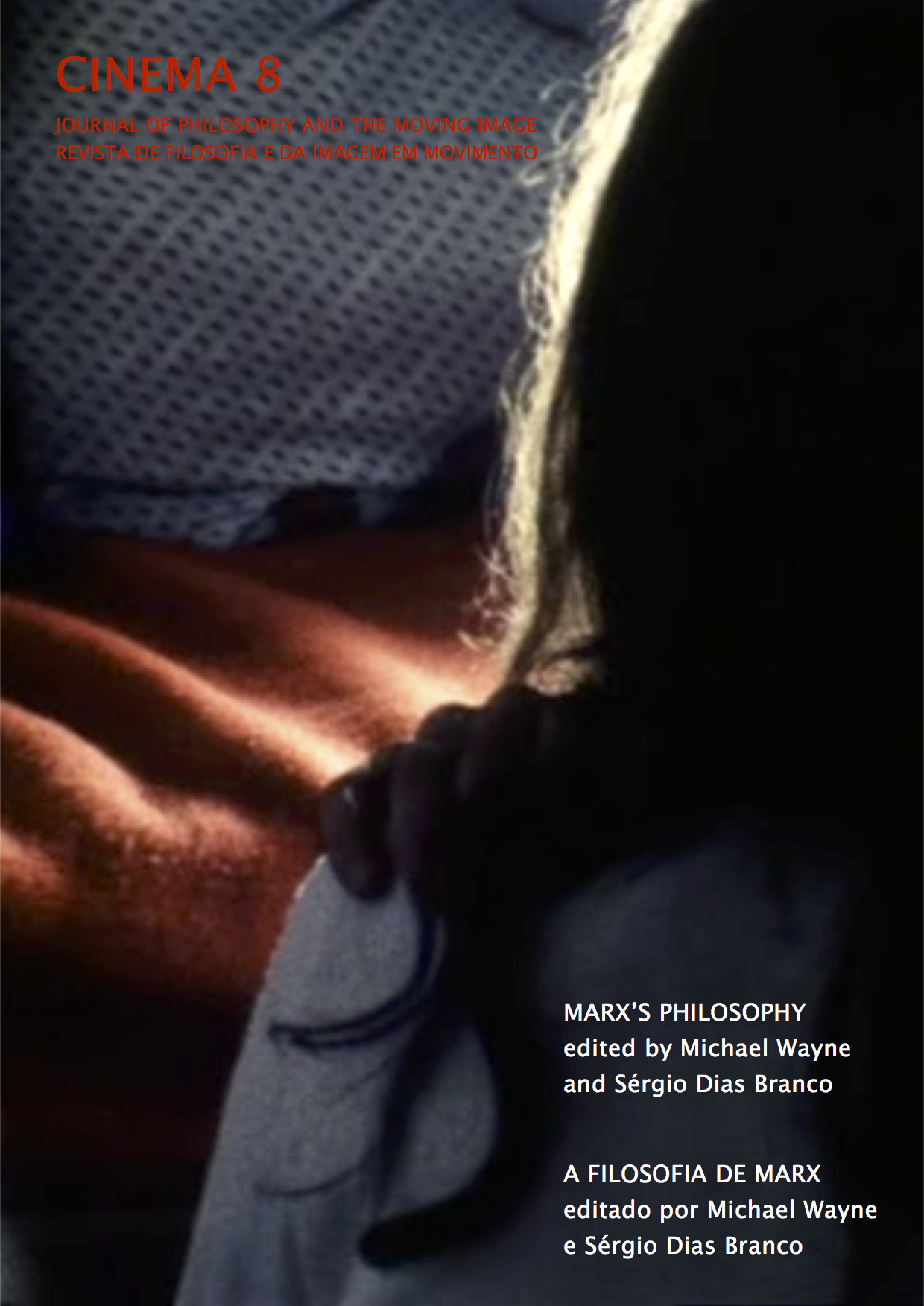The View from Below: Film and Class Representation in Brecht and Loach
Keywords:
Historical materialism, Oppositional aesthetics, Working-class, Unemployment, Bertolt Brecht, Ken LoachAbstract
This article examines the depiction of unemployment in Brecht’s Kuhle Wampe and Loach’s Raining Stones. The paper argues that these films operate in a tradition of committed filmic representation of class that rejects a narrow definition of class as merely the exploitative practices of capitalism (extraction of surplus value at work), and includes those who are denied access to employment, in particular at moments of historical capitalist crisis. My argument begins with a discussion of class from both cultural theorists and political philosophers in order to situate the films theoretically into a non- reductive class analysis. Drawing on the work of Mike Wayne, Teresa Ebert, Raymond Williams and Ellen Wood (inter alia) I argue that the representation and analysis of class must be understanding of longer term political economic structuring of capitalism, while attentive to the particular historical transitions within that structuring. We see this attentiveness in both films as Loach and Brecht develop technical strategies that forestall a judging perspective of the characters under view so as to highlight the world from their perspective. In this regard we are invited to see the working class worldviews as both determined by the world they inhabit, but also as agents in the struggles of their own lives. As such, issues of dignity, gender construction and relations are never outside the sphere of the domination of class. Ultimately, I argue that what these films do regarding class and the social perspectives of workers is to consider the subjectivity of working class people within an historical context.
Downloads
Published
How to Cite
Issue
Section
License
Copyright (c) 2016 Cinema: Journal of Philosophy and the Moving Image

This work is licensed under a Creative Commons Attribution 4.0 International License.




